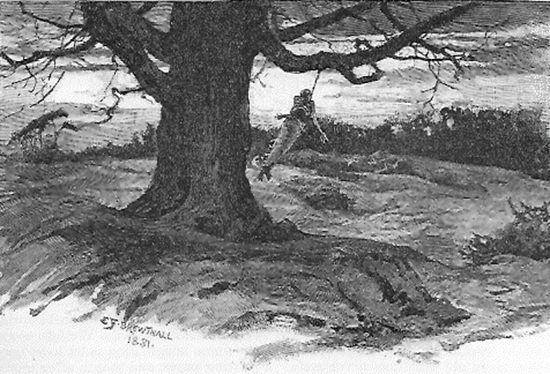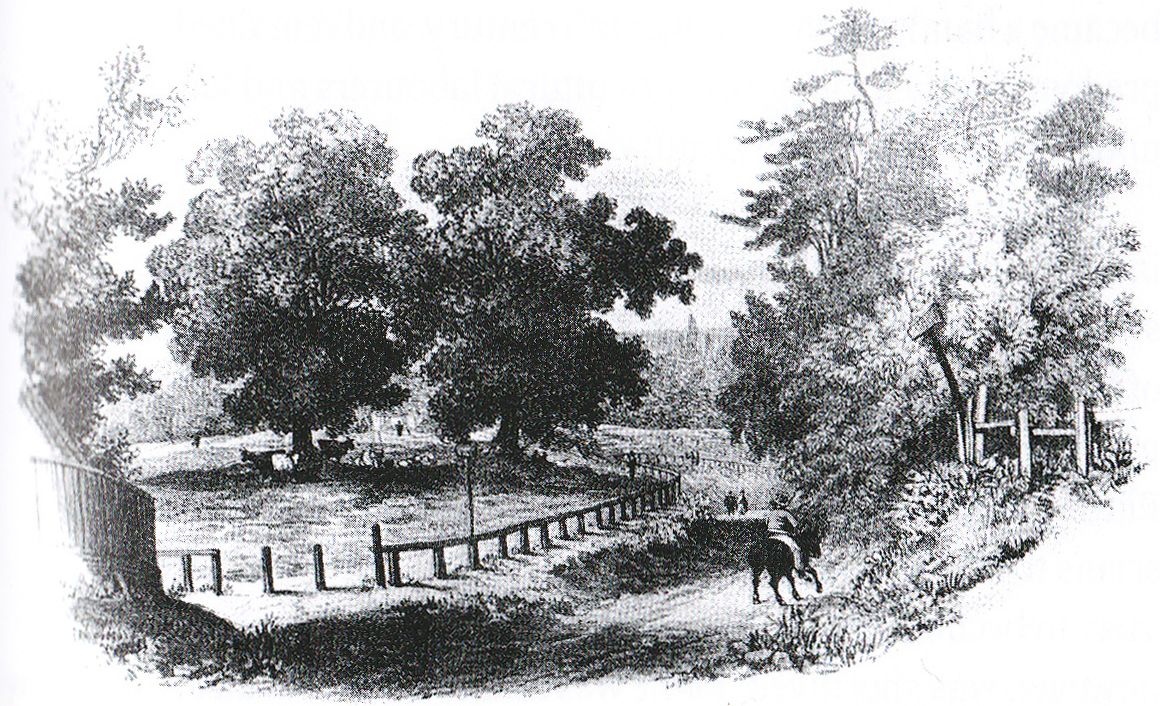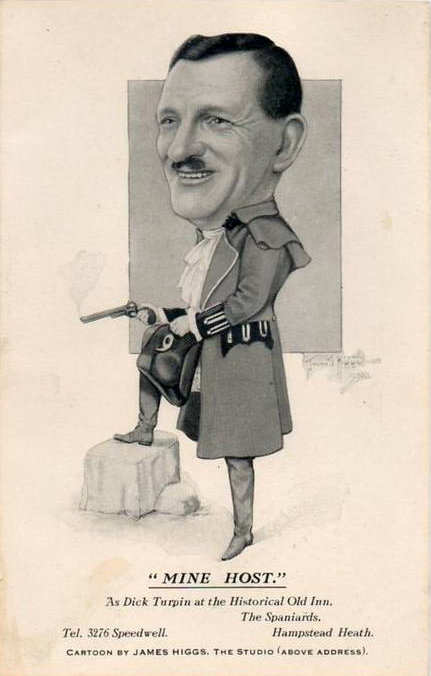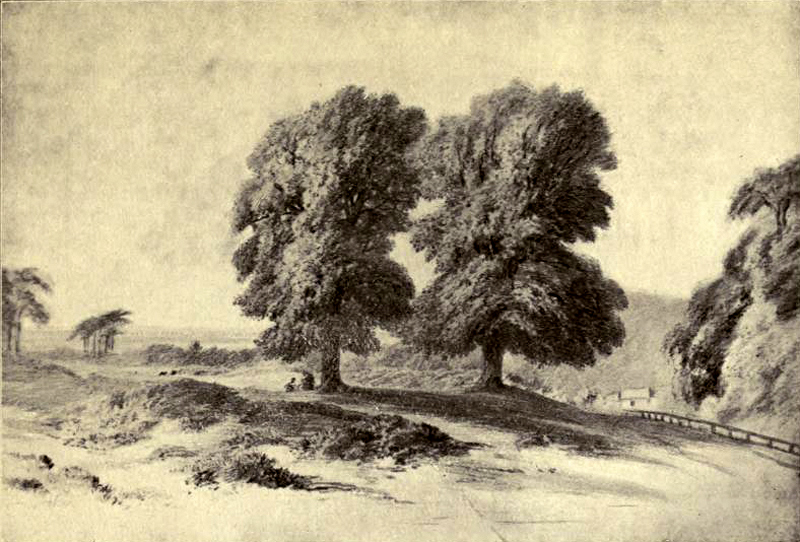Ghosts.
HIGHWAYMEN & HANGINGS
The Hampstead area was very popular with highwaymen, who for centuries preyed on wealthy travellers on their way to London. When they were caught, they were usually strung up on trees on the Heath and left there dangling until their skins were ‘cracking in the sun’. Some of them were quasi-celebrities. Local highwayman Claude Duval was famously polite and so popular he was mourned following his execution in 1669, aged 27, despite his crimes. On the high ground west of the North End Way, highwayman Francis Jackson was hanged in 1674 for the robbery and murder of one Henry Miller. His gallows stood between two trees known as the ‘Gibbet Elms’ - his body was hung there in chains in a gibbet (a cage), which was visible right across West Heath. One of the Gibbet Elms survived until 1907, when it was blown down in a gale, and the area was known for many years as Gibbet Hill.
Legend has it that another notorious highwayman, Dick Turpin, was born in the Spaniard’s Inn in 1705 and used the pub as a hideout to plan his highway robberies, when he would cry “stand and deliver” to passing coaches. His father was the pub’s landlord, and Dick’s pistol was said to be fired nightly as the closing time signal. To this day the upstairs room at the pub, believed to have been his childhood bedroom, is named the Turpin Bar in his honour. The story of Dick Turpin and his horse Black Bess was heavily romanticised after he was hanged in York in 1739 for a lifetime of crimes including murder, horse and sheep theft and a series of highway robberies. Highwaymen (usually on horses) and footpads (their horseless colleagues) continued to be a problem up until around the middle of the 19th century, robbing people of their rings, watches, purses, swords, sheep and livestock, their clothes and occasionally their lives.
Some unfortunate souls have been hanged on the Heath for much lesser crimes. In 1746, a Highland Bagpiper named Jimmy Reid was charged for playing an ‘instrument of war and insurrection’ (the bagpipes) on the Heath lands, after the Battle of Culloden. His defence that bagpipes were a musical instrument rather than an instrument of war was thrown out by the court, and he was hanged anyway.
Crime & Tragedy
Over the years more than a few people have died on the Heath, by their own hand or otherwise. One was 32 Lydia Warren, who sadly took her own life on Parliament Hill Fields during the Great Depression, in 1932.
The Heath ponds have also claimed some lives. A boy of 11 drowned after falling through ice on the Vale of Health pond in 1927. William Chitty drowned in the Mens’ bathing pond in 1897 aged 65. William worked for North London Railway from 1853 as a senior guard at Chalk Farm, and was station master at Victoria Park and later at Camden Town, from 1876. He was about to retire, his memory was failing, and it was thought that he slipped while out for a walk. William’s story was shared with me by Pam Chlopas – William was her great great Grandfather.
Hampstead Heath has also been the scene of a few lucky escapes, the strangest dating from 1968 when 30 year old Joseph de Havilland convinced three of his friends to nail him to a cross with eight inch nails – crucifying him – in order to ‘make the world a happier place’. The newpapers described him as being ‘in a trance’. Fortunately for everyone involved, he survived.






